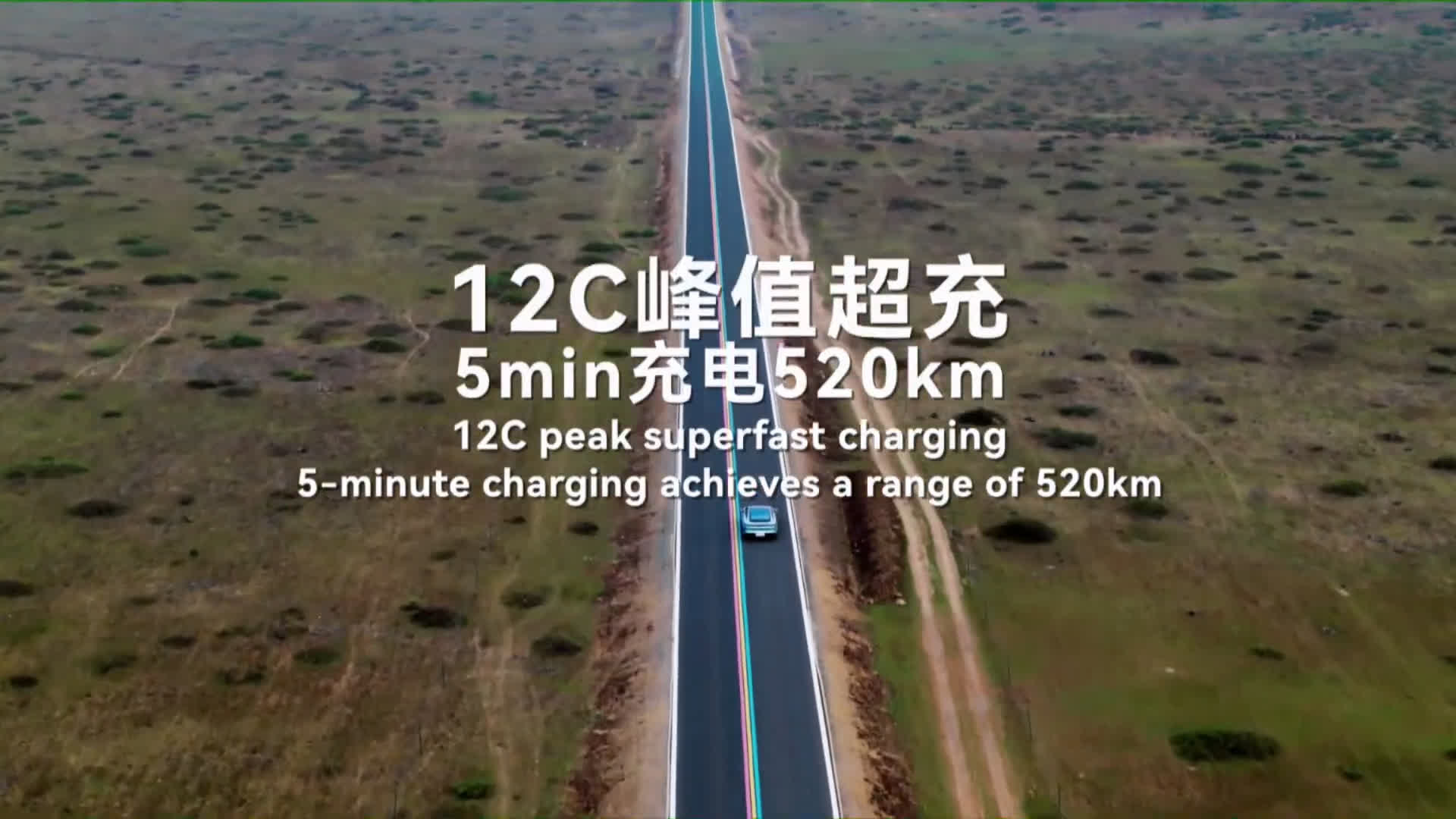CATL's new battery tech promises 800-km range and five-minute charging
Forward-looking: CATL has announced a series of breakthroughs that could reshape the EV industry, promising batteries that are cheaper, lighter, faster to recharge, and more resilient in extreme temperatures, all while extending driving range. The company, which supplies a third of the world's EV batteries to major automakers including GM and Tesla's Shanghai plant, unveiled these just ahead of the Shanghai Auto Show.
At a press event reminiscent of a high-profile car launch, China's leading battery maker CATL detailed innovations that could bring electric cars closer to price and performance parity with their gasoline-powered counterparts within the next few years.
Batteries account for at least a third of an EV's cost, making CATL's progress particularly significant for automakers worldwide.
One of the most notable developments is CATL's new approach to auxiliary batteries. Traditionally, EVs have relied on a single large battery pack, but CATL's design introduces a secondary battery that shares space in the vehicle's underbody. This auxiliary battery is the first commercially available EV battery to eliminate graphite from one of its poles, which could eventually reduce costs and increase energy density by 60 percent per cubic inch.
According to Gao Huan, CATL's chief technology officer for EVs in China, this innovation could either extend a car's range or allow for smaller battery packs, freeing up more passenger space.
The auxiliary battery also serves as a backup, an increasingly important feature as more vehicles adopt self-driving technologies that demand uninterrupted power supplies.
// Related Stories
CATL's co-president for research and development, Ouyang Chuying, indicated that these graphite-free batteries could appear in production vehicles within two to three years, though he declined to name specific automakers.
However, the company acknowledged that removing graphite comes with trade-offs, namely that such batteries recharge more slowly and have a shorter lifespan.
CATL has also made strides in charging speed for its main batteries. The latest iteration of its flagship Shenxing battery cell can add 520 kilometers (about 320 miles) of range with just five minutes of charging, surpassing even the recent advancements announced by rival BYD and placing CATL ahead of Western competitors like Tesla and Mercedes-Benz.
The second-generation Shenxing battery offers an 800-kilometer range on a single charge, achieving a peak charging speed of 2.5 kilometers per second. CATL's Gao emphasized that the new batteries do not compromise on energy density and are slated to be installed in more than 67 electric vehicle models this year.
In addition to lithium-based innovations, CATL is pushing forward with sodium-ion battery technology. The company's new Naxtra brand of sodium-ion batteries, set to enter mass production in December, promises over 90 percent charge retention even at temperatures as low as minus 40 degrees Celsius. This makes them especially attractive for vehicles operating in the frigid climates of northern China, where traditional lead-acid batteries often fail. The first customer for these batteries will be freight trucks from First Auto Works, based in Changchun, a region known for its harsh winters.
Sodium-ion batteries are considered a safer and more affordable alternative to lithium-based cells, largely because sodium is abundant and inexpensive. The new Naxtra battery boasts an energy density of 175 watt-hours per kilogram, nearly matching the widely used lithium iron phosphate batteries. CATL's founder, Robin Zeng, has suggested that sodium-ion batteries could eventually replace up to half of the market for lithium iron phosphate batteries, which the company currently dominates.
Beyond technical specifications, CATL has demonstrated the safety of its sodium-ion batteries through rigorous stress tests, including puncturing and cutting the cells without causing fires or explosions – a notable shift from the company's stance just five years ago.
These batteries are also being positioned as a solution for internal combustion vehicles, offering compatibility with existing electrical systems, though some models may require modifications to accommodate the new battery size.
CATL's rapid pace of innovation comes even as the company faces increased competition and market pressures. Last month, the company reported a 15 percent growth in net profit for 2024, its slowest rate in six years, amid a prolonged price war in China's EV market. Still, with over 18 million cars equipped with its batteries operating in more than 66 countries, CATL's influence on the future of electric mobility remains formidable.


